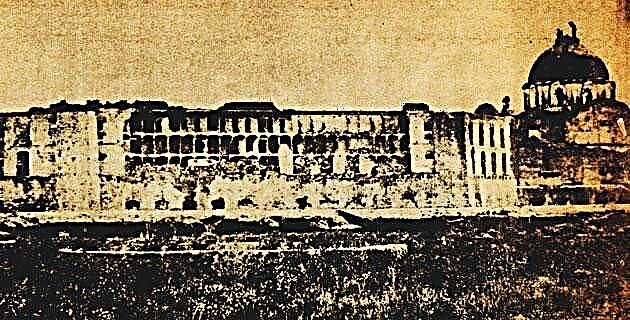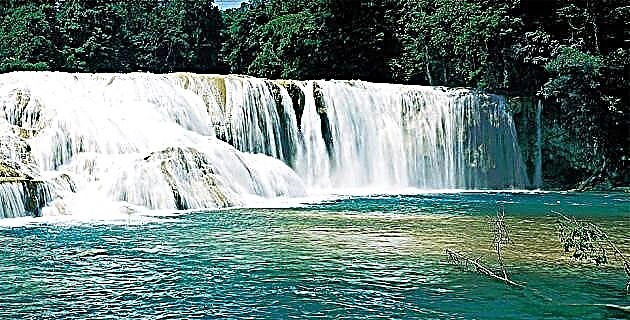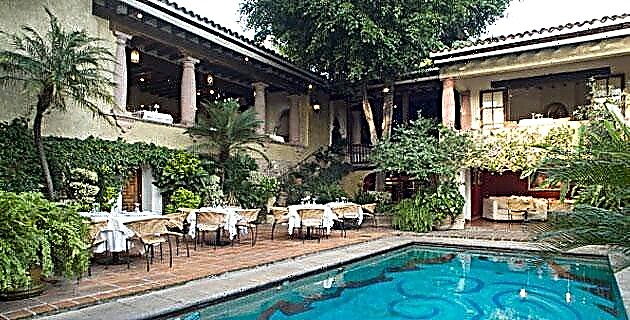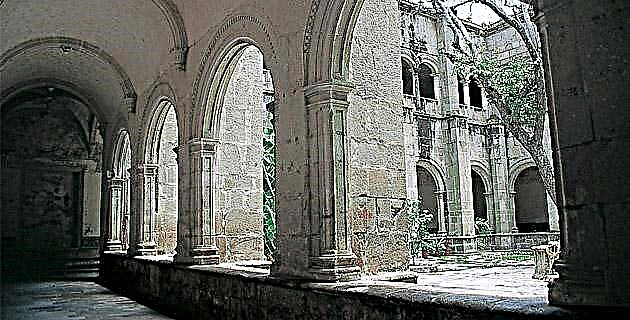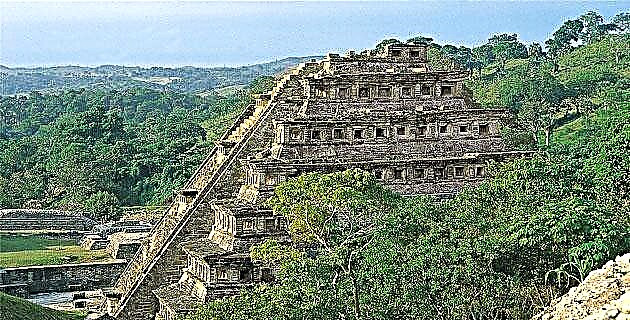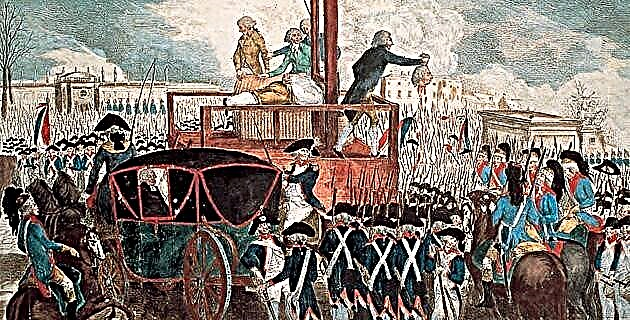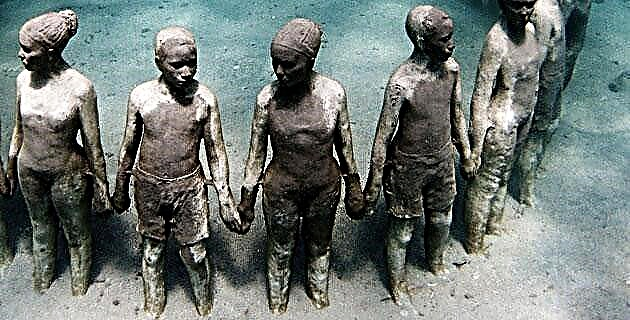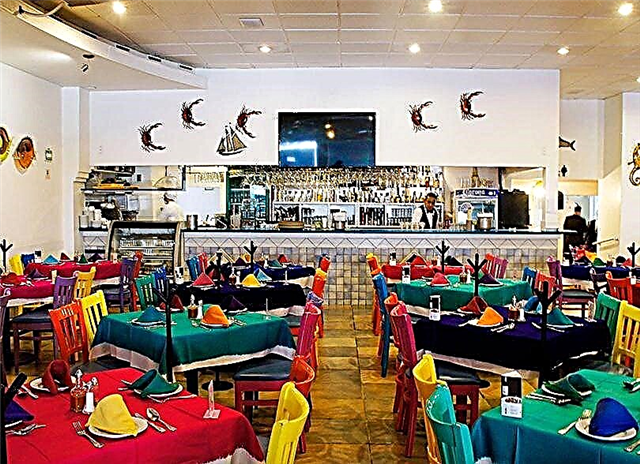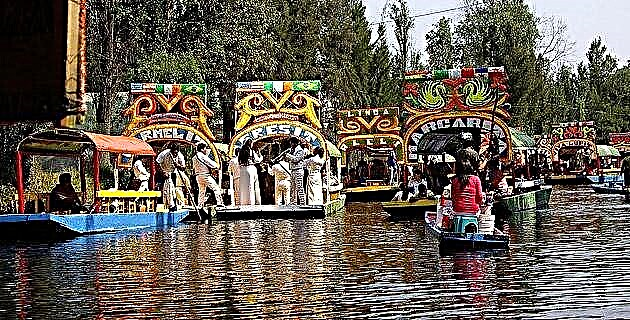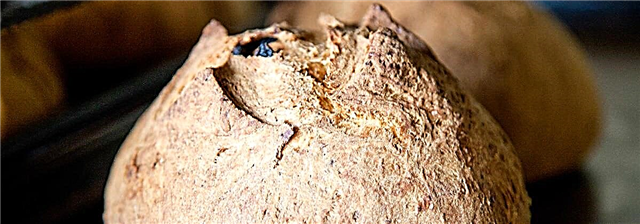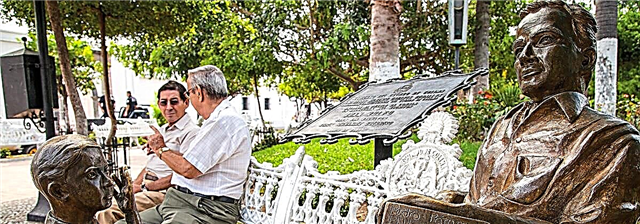
This Magical Town in the state of Colima is guarded by the Fire Volcano and is the setting for the novel Pedro Páramo, by Juan Rulfo.
Comala: The land of Pedro Páramo
A few kilometers separate Comala, famous for Juan Rulfo's novel "Pedro Páramo", from the beautiful city of Colima. From a distance, Comala is seen white and red, on the walls and roofs of the houses before the Colima Fire Volcano. It is the scene of beautiful squares, gardens and streets ideal for strolling and eating in its regional food restaurants. Its surroundings hide Porfirian haciendas, villages of artisans, lagoons of volcanic origin, mountains and rivers.
Learn more
The native inhabitants of Comala, of Purépecha origin, were conquered by the Spanish in the 16th century and placed under the command of Bartolomé López. The region's coffee began to be exploited in 1883 by a first farm in San Antonio, built by the German Arnoldo Vogel. In 1910 the haciendas benefited from the construction of the Colima – Lumber railway, which also served to transport the wood from the mountains.
Typical
Nine kilometers northeast of Comala, along the state highway, is located Suchitlán, a town where handicraft objects such as wooden masks, otate furniture and basketry items are made.
In the same municipal seat of Comala, carved wood furniture and ornaments are made, mainly mahogany and parota. Colima-type palm hats are also manufactured.
Main square
Here is the sculpture of the novelist Juan Rulfo seated on one of the benches, who made Comala famous in his novel Pedro Páramo. It is surrounded by well-tended pastures, fountains, the shadows of beautiful trees, and a German-sourced kiosk.
The streets of this Magical Town are ideal to walk quietly, observing its traditional houses and the sidewalks full of almond and palm trees. Due to the color of the houses, it has been baptized as the “White Town of America”. It is well worth a visit to its main church, that of San Miguel Arcangel Holy Spirit, neoclassical style and built in the nineteenth century.
Portals
At night you can enjoy a happy atmosphere around its illuminated square and in the portals; while in the kiosk the musical groups cheer the people, especially during the holidays.
Alejandro Rangel Hidalgo University Museum
Just two kilometers from Comala is the small town of Nogueras where this museum is dedicated to exhibiting the work of this artist from the state of Colima, highlighting his paintings - converted into Christmas postcards by UNICEF -, furniture and ironworks, as well as samples pottery of pre-Hispanic origin. The property was part of a seventeenth century sugar estate, which belonged to Juan de Noguera, and has an eco-park and a cultural center. The town's smithy works are also beautiful, such as the streetlights and bars.
Hacienda of San Antonio
It is located 24 kilometers from Comala, in the direction of the Volcán de Fuego. It is an old Porfirian coffee producing center, an activity that still persists. It has excellent lodging services and traditional food for visitors.
Carrizalillo Lagoon
The same state highway that communicates with the Hacienda de San Antonio allows to arrive, shortly before -at 18 kilometers-, to this beautiful natural place located at a distance of 13,000 meters, in a straight line, from the top of the Colima Fire Volcano, which rises up to 3,820 meters of altitude.
This igneous cone has a drop of just over 2,300 meters above the lagoon, so its view is spectacular. About four kilometers further north there is another lagoon, called The Mary, where you can take a boat ride, fish and camp.
Box
Another local highway leaves towards the northwest of Comala and communicates in approximately 10 kilometers with this town, located near the bank of the Armería river, which can be seen running from the north, before the green and vegetal landscape of the enormous Sierra de Manantlán.
Both from La Caja and the road that goes to the Hacienda de San Antonio, roads begin that connect with the town of The Auction, 16 kilometers northwest of Comala. It is a place with a series of beautiful bodies of water, ideal for boating, camping on its shores next to an old hydroelectric plant, and which has restaurant services and a technological museum.
According to some sources the meaning of the name Comala - derived from the Nahuatl comalli - is "place where they make comales", and according to others, "place on the coals".
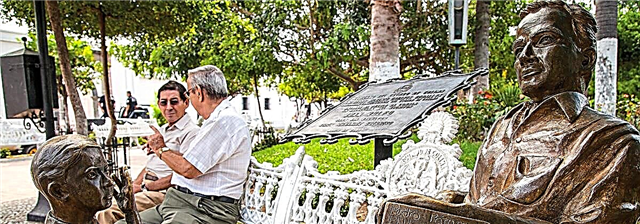
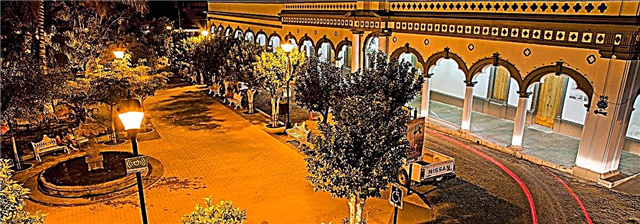
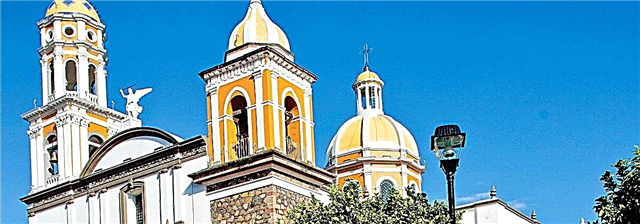
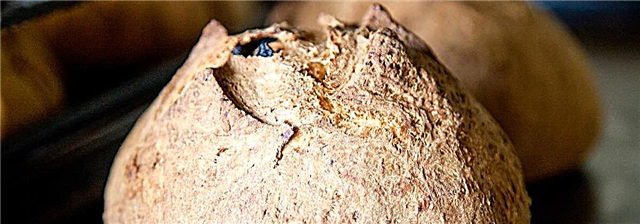
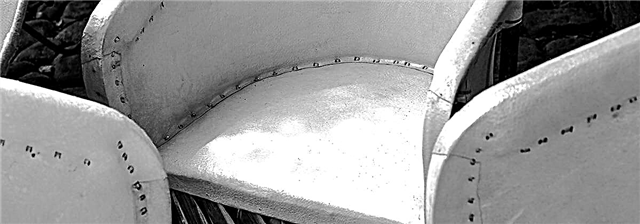
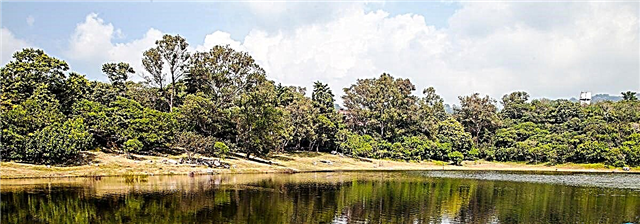
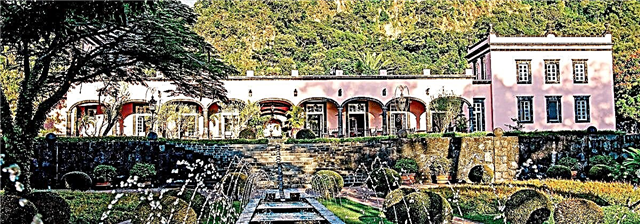 CommalamexicUnknown Mexico
CommalamexicUnknown Mexico
